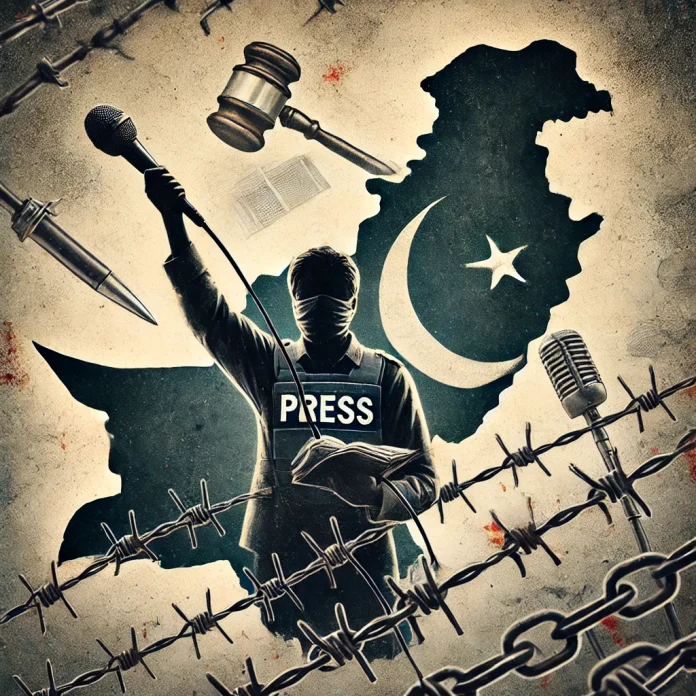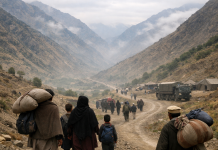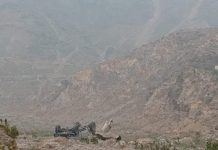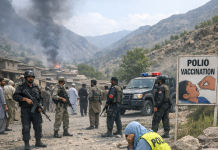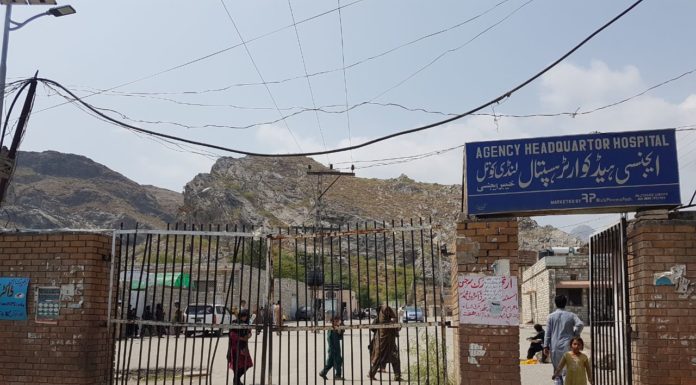By Ashrafuddin Pirzada
PAKISTAN: In the heart of Pakistan, journalists are navigating a landscape fraught with danger and uncertainty. On the International Day to End Impunity for Crimes against Journalists, the Freedom Network has released a damning report that sheds light on the escalating violence faced by media professionals in 2024. The findings are not only alarming but also paint a grim picture of a nation where press freedom is under siege.
The report reveals that six journalists, including a well-known YouTuber and the former president of the Landikotal Press Club, Khalil Jibran Afridi, were murdered a few months back. While two run away from the country having life threats. This stark statistic underscores a chilling reality.
Journalists in Pakistan are becoming prime targets in an increasingly hostile environment.
The violence is not limited to physical attacks; an alarming 57 violations of press freedom have been documented in recent months, with a significant number occurring in Khyber Pakhtunkhwa, mostly in ex-Fata where most of the journalists share their news without being paid their salaries.
Iqbal Khattak, the Executive Director of the Freedom Network, expresses deep concern over these developments. “The statistics are not just numbers; they tell a story of a nation where targeted killings and brutal assaults against journalists have become alarmingly frequent,” he says. Khattak’s words resonate with a broader narrative of fear and intimidation that silences voices and stifles the free flow of information.
From November 2023 to August 2024, there have been 11 recorded assassination attempts and threats against journalists. This disturbing trend raises serious questions about the effectiveness of legal protections. Last week another threat letter was made public by Tehreek-e-Taliban Pakistan with names of three more journalists based in district Khyber warning them of dire consequences.
Despite the enactment of laws like the Sindh Protection of Journalists and Other Media Practitioners Bill 2021 and the Federal Protection of Journalists and Media Professionals Act 2021, these measures have proven inadequate. Khattak highlights the lack of political will and resources, which have rendered these laws ineffective. “Without robust enforcement mechanisms, journalists will continue to operate in an environment fraught with danger, especially in the merged tribal districts,” he warns.
The report provides a detailed breakdown of the violence, revealing that Sindh province accounts for 37% of all reported violations. Punjab and Islamabad also report significant figures. This regional disparity highlights the urgent need for targeted interventions to protect media personnel. Sindh, in particular, has emerged as a hotspot for attacks on journalists, a trend that demands immediate attention.
Television journalists appear to be particularly vulnerable. Out of the documented cases, 30 involve those in broadcast media. This group often finds itself on the frontline, reporting on sensitive issues that can provoke violent backlash. “The precarious situation faced by television journalists hampers their ability to report freely,” Khattak notes. The risks they face range from physical assaults to threats of violence, creating a chilling effect that hinders their work.
To better understand the state of press freedom, the Freedom Network has introduced a “Media Impunity Index.” This tool evaluates progress in combating impunity at both federal and provincial levels. The index reveals stark disparities: Sindh scores nine out of ten for its legislative efforts, while Balochistan and Khyber Pakhtunkhwa lag with a mere two points each. This gap underscores the uneven commitment to journalist safety across the country.
The report emphasizes the pressing need for a coordinated response from the state, media, and civil society. With an average of six violations reported each month, the urgency for action cannot be overstated. The delay in establishing a safety commission for journalists has further exacerbated the crisis. Many media professionals feel increasingly vulnerable, their calls for protection falling on deaf ears.
Despite some legal victories in courts, the overarching threat of violence looms large. These victories, though significant, do little to alleviate the pervasive atmosphere of fear that journalists face daily. The legal frameworks intended to protect them must be coupled with effective enforcement and tangible support mechanisms. Without these, the cycle of violence and impunity will continue unabated.
The report also highlights the issue of online harassment, particularly against female journalists. This form of intimidation has become increasingly common, creating additional barriers to effective reporting. The harassment not only impacts their mental health but also hampers their job performance. In a male-dominated media landscape, these challenges are compounded, making it even more difficult for female journalists to navigate their careers.
Khattak underscores the critical need for greater protection and accountability in Pakistan’s media landscape. “The time for action is now. The safety of journalists is paramount for a functioning democracy, and without it, the free flow of information will continue to be stifled,” he asserts. His words serve as a clarion call for urgent reforms aimed at improving the safety and security of journalists.
Senior journalist Gohar Ali calls for the establishment of a dedicated safety commission for journalists—a long-standing demand from media rights advocates. He says such a commission would be crucial for monitoring threats, providing support to affected journalists, and holding perpetrators accountable. “This mechanism could serve as a lifeline for media professionals operating in dangerous environments”, Gohar suggests.
The international community also has a role to play in this crisis. Increased global attention on the plight of journalists in Pakistan can put pressure on the government to take meaningful action. Organizations and civil society groups worldwide must amplify the voices of those facing persecution and violence for their work. Global solidarity can serve as a powerful tool in the fight for press freedom.
In conclusion, the Freedom Network’s annual report is a stark reminder of the challenges faced by journalists in Pakistan. The alarming statistics and personal stories within the report highlight the urgent need for systemic change. As the country grapples with increasing violence against the press, it is imperative that all stakeholders—government, media organizations, and civil society—come together to foster an environment where journalists can operate freely and safely.
Tribal Union of Journalists(TUJ) merged districts president Qazi Fazlullah says the fight for press freedom in Pakistan is far from over. However, the call for urgent reforms and a renewed commitment to safeguarding the rights of journalists has never been more critical. He says only through collective action and accountability can the cycle of violence and impunity be broken, allowing the media to fulfill its vital role in society.


